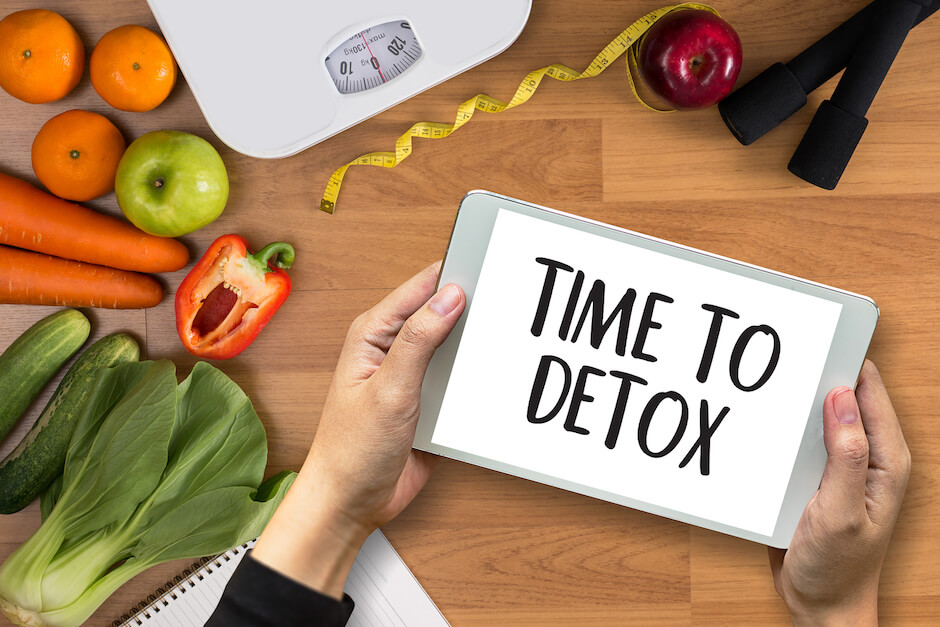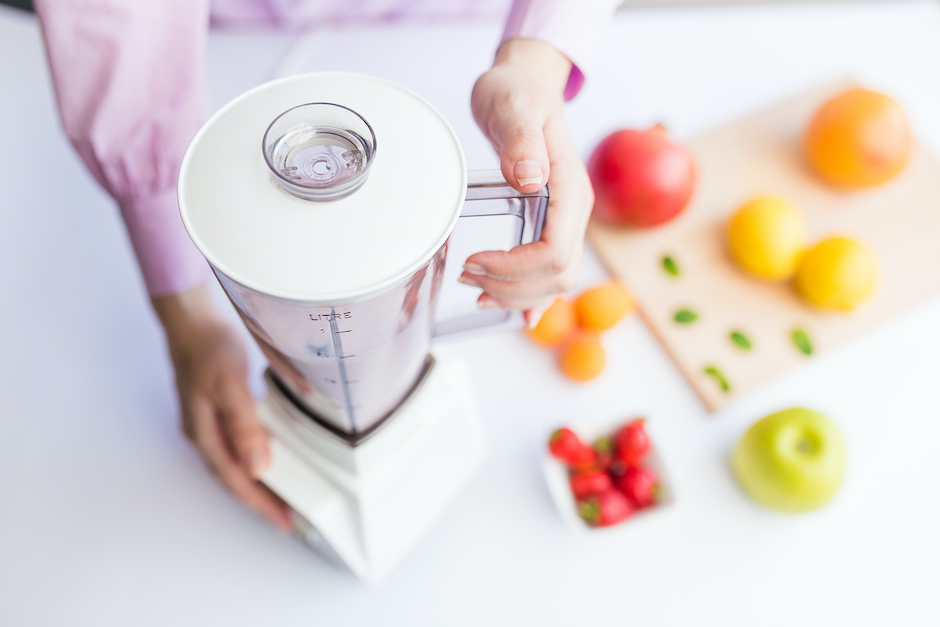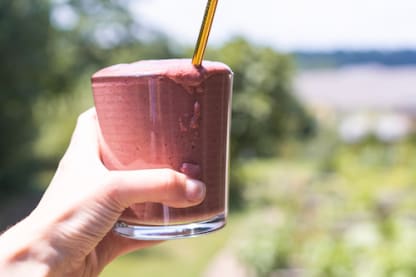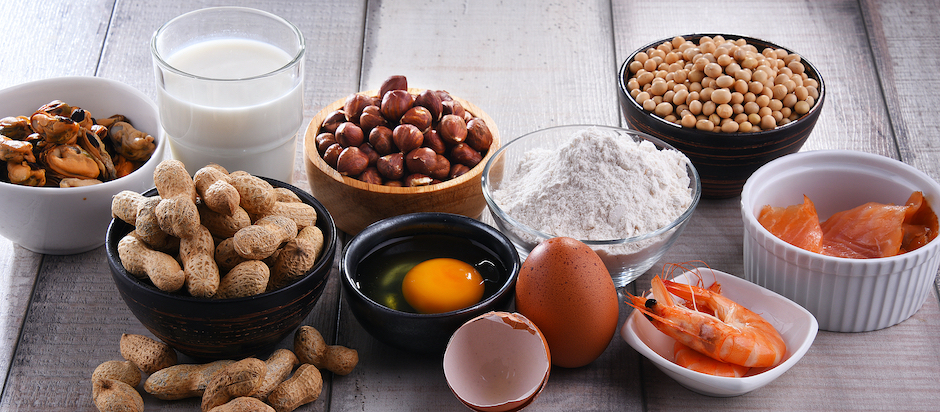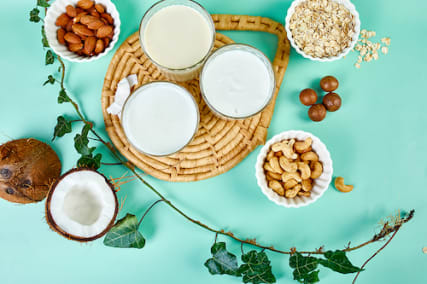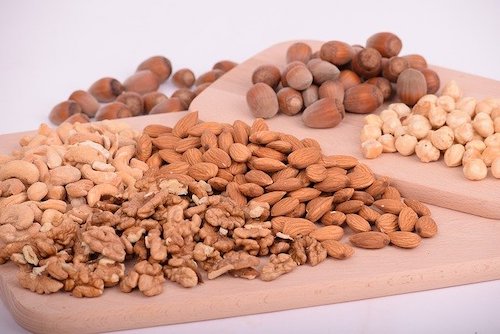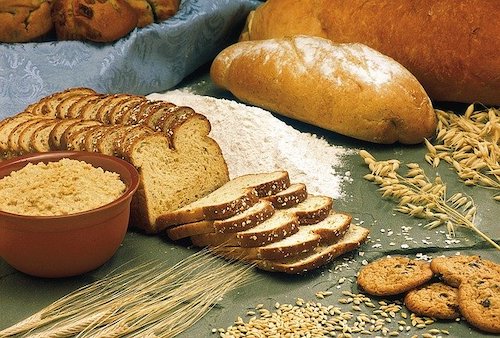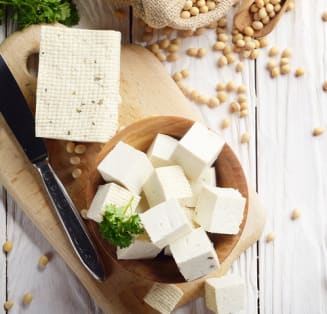Despite our best efforts to avoid toxins, encountering them is a fact of life. They are in the air we breathe, water we drink, foods we consume, products we use on our bodies and in our homes, medicines we take. . .the list goes on. Removal of these toxins is a natural process of our bodies. Here is the 101 on how the body detoxifies.
What is Detoxification?
According to Merriam-Webster, detoxification is the process of removing a harmful substance (such as a toxin). Our bodies have an effective detoxification system that involves 3 primary organs.
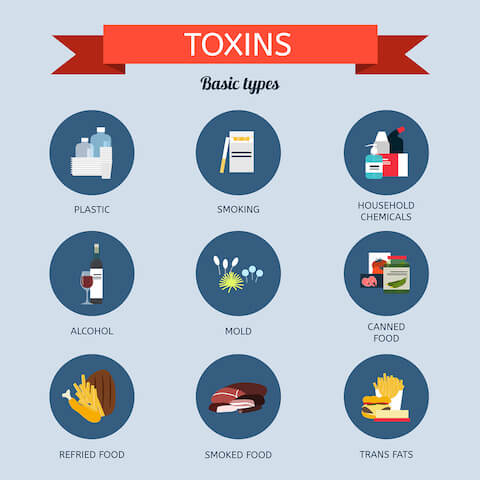
The Liver
The liver’s major function is filtering toxic substances to prevent them from passing into your bloodstream. Thus, the liver is our first line of defense against toxins.
The Kidneys
The kidneys’ role in detoxification is the constant filtration of blood and excretion of toxins in the form of urine.
The Colon
The colon’s main role is to flush out toxic chemicals. In other words, it is the “dumping station” for the liver, kidneys, and lymph system. In average person’s lifetime, the colon will handle over 25 tons of food. Healthy bacterial flora inside the intestines assist the colon with the breakdown of toxins.
The Liver’s Role in Detail
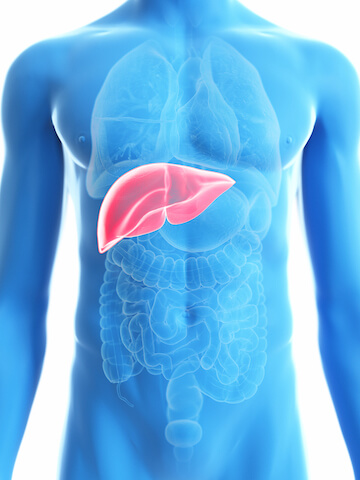
Water soluble toxins typically don’t stand a chance against a healthy body’s detoxification system, but many toxins we encounter are fat soluble. These toxins end up in areas of the body with concentrated fatty tissue, such as the brain, breasts, and adrenal glands.
Unfortunately, toxins can remain stored in fatty tissue for years. A build-up of toxins can lead to brain toxicity and endocrine disruption, as well as damaging side effects like frequent headaches, cognitive issues, and fatigue. Over time, the release of these toxins may even contribute to infertility and the development of cancer.
Your liver is the most important organ of detoxification and functions like a massive chemical plant. It manufactures certain compounds, detoxifies dangerous compounds, and directs substances all over the body for use, storage, or excretion. There is a two-phase process by which the liver removes fat soluble toxins. You can think of phase 1 as being responsible for breaking things down, while phase 2 builds new substances from these raw materials by adding molecules to them.
Phase 1 Detoxification
The presence of certain chemical toxins triggers the release of specific enzymes in the liver. The role of these cytochrome P450 2D6 (CYP2D6) enzymes is to convert fat soluble toxins into water soluble substances for excretion in urine or bile.
Phase 1 detox involves a complicated process of oxidation (addition of electrons), reduction (removal of electrons), hydrolysis (breaking down using water), hydration (adding water molecules) and finally, dehalogenation (removing a halogen). Phew!
The steps listed above result in a water soluble substance that can be excreted by the body. However, this process is taxing on the liver and produces intermediate metabolites. What’s more is these resulting metabolites are free radicals and may even be more harmful to the body than the original substance.
Substances that trigger Phase 1 enzymes:

- Alcohol
- Exhause
- Nicotine
- Paint fumes
- Steroids
- Saturated fats
Phase 2 Detoxification
In Phase 2, enzymes add another substance (called a conjugate) to the intermediate metabolite in a process called conjugation. Phase 2 conjugates include: amino acids, sugars, glutathione, methionine, sulfur, and acetyl co-A. After this final transformation, the substance is excreted either through the gallbladder as bile or the kidneys as urine.
Substances necessary for Phase 2:
- Sulfur
- Amino acids
- Vitamin B12
- Molybdenum
Potential Issues
Phase 1 detoxification requires the activity of lots of enzymes. Therefore, some people who are enzyme deficient or who have a high toxin load may need to supplement. Additionally, because this step of breaking down toxins is taxing on the body, other substances are helpful. These include antioxidants to neutralize free radicals, as well as other co-nutrients that support phase 1 activities.
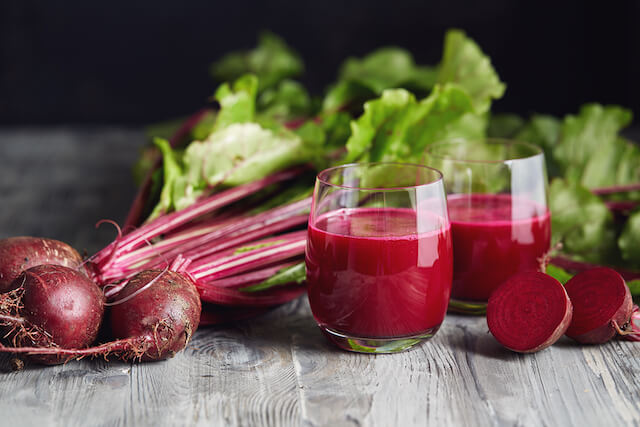
Problems arise when substances needed in phase 2 are lacking. For example, a the body needs certain amino acids to metabolize sulfur (found in foods such as eggs, beef, cruciferous vegetables, cheese, etc.) into sulfate. A shortage of the amino acids necessary results in a “back up” of reactive intermediate metabolites, which can then lead to tissue damage and disease.
Supporting the liver is key for ensuring proper detoxification. Proper diet and supplementation help provide the liver with what it needs to carry out its job efficiently. In addition, avoiding alcohol and other toxins helps to reduce the demand on the liver. Certain foods, including coffee, tea, cruciferous vegetables, grapefruit, beets, and berries are all supportive of a healthy liver as well.
Supplements to Enhance Detoxification
You can detoxify the body simply by removing common toxins and consuming the right kinds of foods. Additionally, there are some specific supplements that can aid the process of ridding the body of toxins.
N-Acetyl-L-Cysteine (NAC)
NAC is a precursor to glutathione in the body. Glutathione is an antioxidant that enhances detoxification by protecting cells from free radical damage. It also protects the liver and helps to reduce inflammation throughout the body.
Milk Thistle
Milk thistle contains a compound called silymarin that increases glutathione in the liver and intestinal tract. It also improves kidney and liver function and protects these organs from free radical damage.
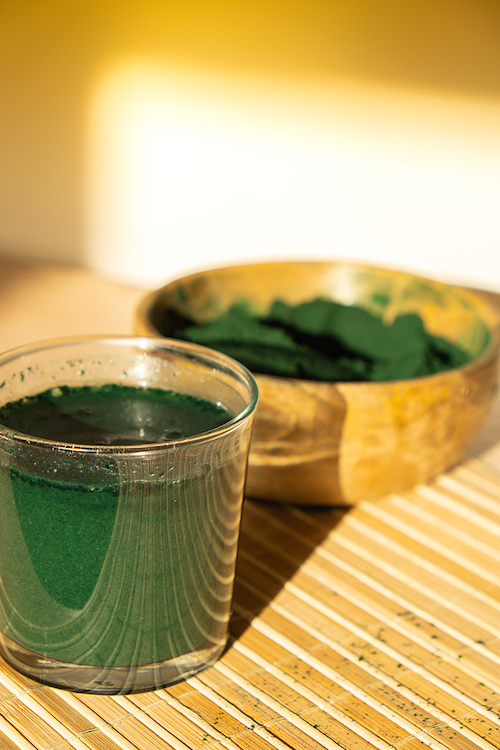
Molybdenum
Molybdenum is a trace mineral that acts as a catalyst for enzymes involved in detoxification. The enzymes process and breakdown sulfites and other waste products in the body. This is important because a build up of sulfites, which are found in foods and sometimes used as a preservative, can trigger an allergic reaction, especially during a detox.
Vitamin B12
Also known as cobalamin, vitamin B12 is a water soluble vitamin found in meat, dairy, and other animal products. Vitamin B12 helps break down fatty acids and some amino acids in the body. It also flushes fat-soluble toxic chemicals out of the system and decreases the body’s immune response to sulfites and other toxins, such as preservatives.
Spirulina and Other Greens
Spirulina and other sources of algae supply a healthy dose of chlorophyll to the body. Chlorophyll binds to toxins in the bloodstream and increases oxygen supply to the cells. Additionally, these algae supply magnesium and zinc, which also enhance detoxification.
Sulfur and Other Trace Minerals
Trace minerals are inorganic micro minerals that play a role in literally every single bodily process. Sulfur, in particular, is needed for the production of glutathione. Sulfur is vital for the detoxification of pharmaceuticals, environmental toxins (such as pollution and radiation), and heavy metals.
Toxin Binder
Many people experience undesirable symptoms during a detox. This comes from the release of toxins from cells into the body. It requires a good deal of energy and time to flush out these toxins, and to an extent, this is a normal part of the detoxification process. However, you can take a toxin binder to minimize the effects and help rid the body of toxins more efficiently. A toxin binder essentially acts as a taxi that gives toxins a ride out of the body via fecal matter and reduces some of the untoward symptoms of detox.
Shop Supplements for Detox
To make things easy, I created a one-stop-shop for all the supplements you need to embark on a detox. Click here to see the protocol and select the products to help rid your body of toxins!
Dig Deeper into Detoxification
Are you ready to learn more and detoxify your body for optimum health? Come check out these posts:
